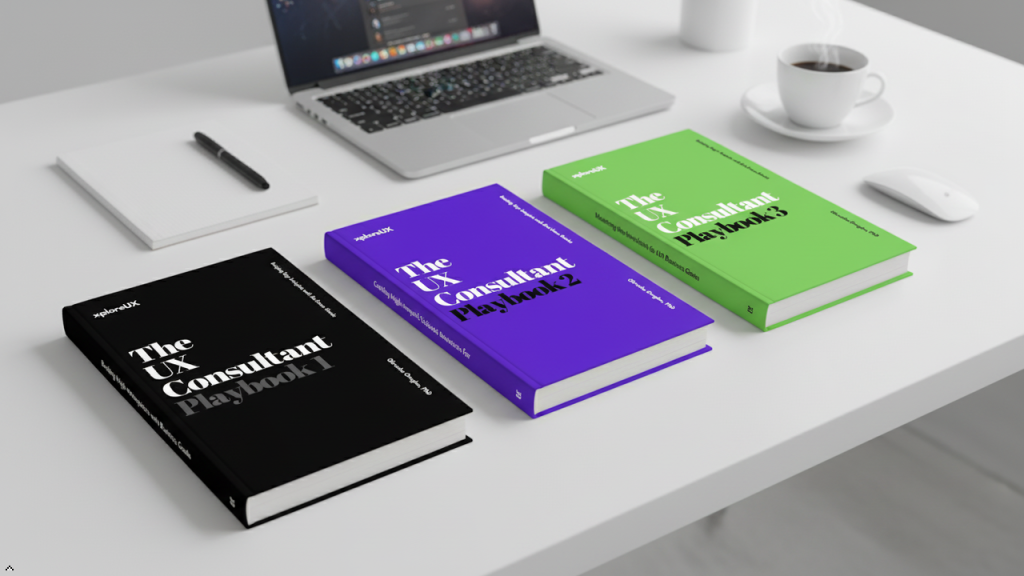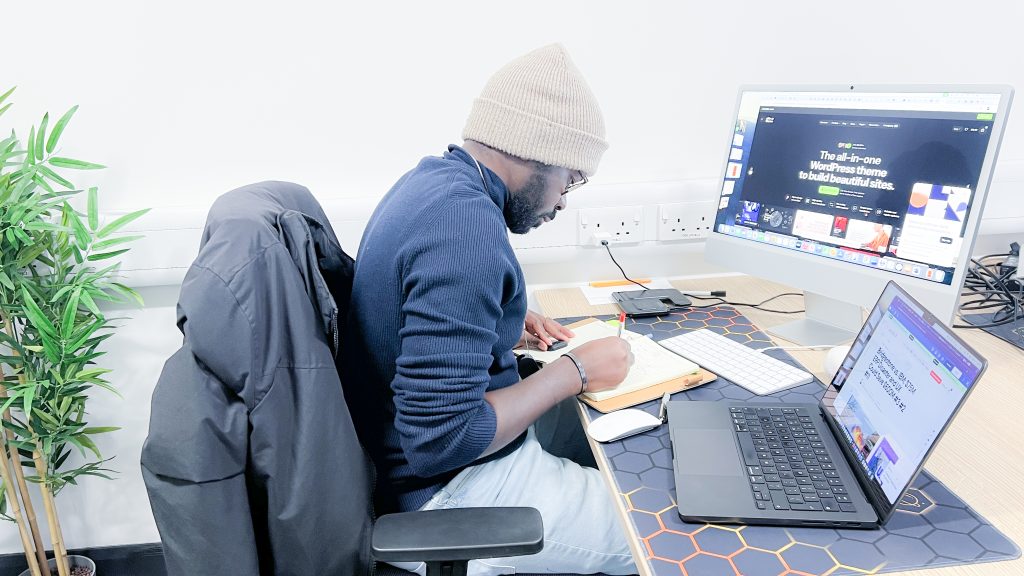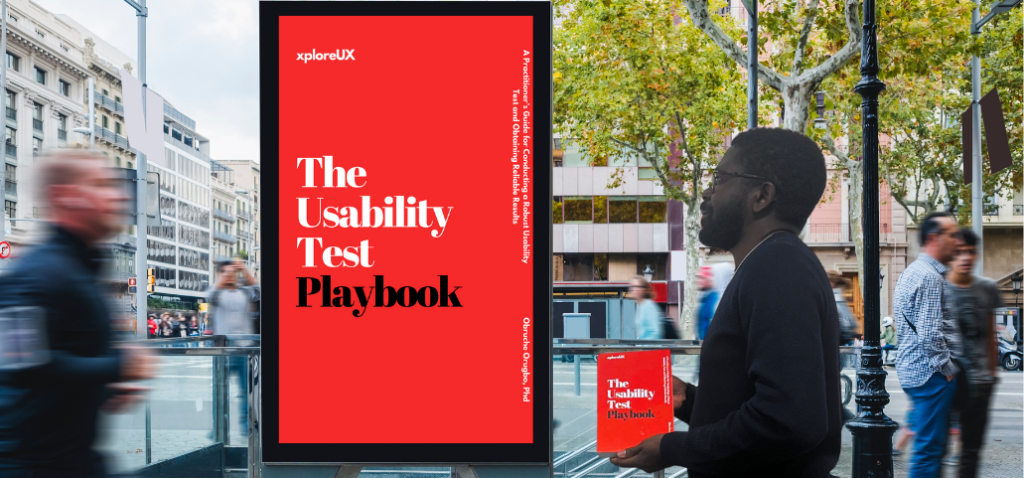
Ethnographic studies, a branch of cultural anthropology, have emerged as a powerful tool in this quest. These studies delve deep into users’ natural environments and behaviors, revealing subtle usability needs that traditional research methods often miss.
By immersing themselves in the lives of users, researchers can uncover invaluable insights that lead to more intuitive, user-friendly designs. This approach goes beyond surface-level understanding, providing a richer, more nuanced view of how people interact with technology in their everyday lives.
Traditional usability research methods, such as surveys and focus groups, often scratch the surface of user needs. While they can provide quantitative data on user preferences and behaviors, they lack the depth needed to understand the context behind these actions. Ethnographic studies, however, bridge this gap by offering a holistic view of users in their natural settings. This qualitative approach allows researchers to observe and analyze the intricate interplay between users’ environments, social interactions, and technological engagements.
For instance, consider a team developing a new mobile app for managing household chores. Surveys might reveal that users want a task reminder feature, but ethnographic research could uncover that users also need the app to integrate seamlessly with their existing social routines and communication habits. By observing users in their homes, researchers might find that tasks are often negotiated through casual conversations and spontaneous reminders rather than structured lists.
These insights can inform the development of an app that not only schedules tasks but also facilitates these social interactions, leading to a more natural and effective user experience.
Ethnographic studies involve immersive fieldwork where researchers actively engage with users in their daily environments. This process typically includes participant observation, in-depth interviews, and contextual inquiries. By living or working alongside users, researchers gain firsthand experience of the challenges and pain points they face, leading to a deeper empathy and understanding.
Take, for example, a project aimed at improving the usability of public transportation systems. Ethnographers might ride buses and trains, interview passengers and staff, and observe how people navigate stations and ticketing processes. Through these observations, they could identify hidden usability needs, such as the confusion caused by unclear signage or the difficulties faced by non-native speakers. These insights can then inform the design of more intuitive and inclusive transportation solutions.
One of the key strengths of ethnographic research is its emphasis on context. Unlike traditional methods that often isolate user behaviors from their environments, ethnography considers the full context in which these behaviors occur. This approach acknowledges that usability is not just about the interaction with the product itself, but also about how this interaction fits within the broader scope of users’ lives.
For instance, a team designing a new healthcare app might use ethnography to understand how patients manage their health routines at home. By observing patients in their daily lives, researchers might discover that usability challenges stem from factors such as poor lighting, lack of privacy, or interruptions from family members. These contextual insights can lead to design solutions that are more attuned to the real-world environments in which the app will be used, enhancing its usability and effectiveness.
Ethnographic research often leads to surprising discoveries that can transform the design process. These hidden needs are typically overlooked by more structured research methods but can be critical for creating truly user-centric designs. By immersing themselves in users’ lives, ethnographers can identify subtle pain points and latent needs that users themselves may not be fully aware of.
Consider a team developing a wearable fitness tracker. Traditional research might focus on features such as heart rate monitoring and step counting. However, ethnographic studies could reveal that users also want the tracker to be fashionable and discreet, fitting seamlessly into their personal style. This insight might lead to design choices that prioritize aesthetics and customization, making the product more appealing and enhancing its adoption.
One of the most powerful outcomes of ethnographic research is the development of empathy among designers and stakeholders. By experiencing users’ environments and challenges firsthand, researchers can convey a more authentic and compelling understanding of users’ needs. This empathy can drive more thoughtful and user-centered design decisions, ultimately leading to better products.
For instance, a team working on a digital platform for elderly users might struggle to fully grasp the accessibility challenges faced by this demographic. Through ethnographic research, they could spend time with elderly users, observe how they interact with technology, and understand the physical and cognitive limitations they encounter. This empathetic perspective can lead to design features that are more accessible and intuitive, such as larger buttons, simplified interfaces, and voice-activated controls.
To fully leverage the benefits of ethnographic research, it’s essential to integrate its findings into the design process. This integration requires a collaborative approach, where insights from ethnographic studies are shared with the entire design team and used to inform decision-making at every stage. By doing so, designers can ensure that the products they create are deeply aligned with users’ needs and contexts.
For example, a team developing a new e-commerce platform might use ethnographic insights to guide the design of user flows, navigation structures, and personalization features. By understanding how users shop in physical stores, researchers can identify patterns and preferences that can be translated into digital experiences. This might include features such as personalized recommendations based on browsing behavior or streamlined checkout processes that mimic the ease of in-store transactions.
While ethnographic studies offer rich insights, they also come with challenges. Conducting immersive fieldwork can be time-consuming and resource-intensive, requiring careful planning and execution. Additionally, analyzing qualitative data from ethnographic research can be complex, requiring researchers to synthesize diverse observations and narratives into coherent and actionable insights.
To overcome these challenges, teams can adopt strategies such as focusing on specific research questions, using agile methods to iterate on findings, and employing tools such as thematic analysis to identify patterns and themes. By addressing these challenges, teams can maximize the value of ethnographic research and ensure that it contributes effectively to the design process.
To illustrate the impact of ethnographic research, let’s consider a case study from the field of automotive design. A car manufacturer was developing a new infotainment system and wanted to ensure it met the needs of modern drivers. Traditional research methods had identified basic requirements such as GPS navigation and music streaming. However, the team decided to conduct ethnographic research to gain deeper insights.
Researchers spent time with drivers in various settings, from urban commutes to long road trips. They observed how drivers interacted with existing systems, noted pain points, and conducted in-depth interviews. Through this process, they discovered several hidden usability needs, such as the desire for seamless integration with smartphones, intuitive voice controls, and features that minimised distractions while driving.
These insights led to the development of an infotainment system that was not only feature-rich but also highly intuitive and user-friendly. The system included advanced voice recognition, customizable interfaces, and seamless connectivity with mobile devices, addressing the real-world needs of drivers. This case study highlights how ethnographic research can uncover critical usability needs and drive innovative design solutions.
As technology continues to evolve, so too does the practice of ethnographic research. Emerging trends such as remote ethnography, digital ethnography, and the use of artificial intelligence are transforming the way researchers conduct and analyze ethnographic studies. These advancements offer new opportunities to gather insights and enhance the design process.
Remote ethnography, for example, allows researchers to conduct fieldwork from a distance using tools such as video calls and online diaries. This approach can make ethnographic research more accessible and scalable, enabling teams to engage with users across diverse locations and contexts. Digital ethnography, on the other hand, leverages digital tools and platforms to study online behaviors and interactions, providing insights into how users engage with digital products and services.
Artificial intelligence and machine learning are also playing a growing role in ethnographic research. These technologies can help researchers analyze large volumes of qualitative data, identify patterns, and generate insights more efficiently. By integrating AI with ethnographic methods, researchers can enhance their ability to uncover hidden usability needs and drive more informed design decisions.
Ethnographic studies represent a powerful approach to uncovering hidden usability needs and driving user-centered design. By immersing themselves in users’ environments and observing their behaviors in context, researchers can gain deep insights that go beyond traditional research methods. These insights can inform the development of more intuitive, effective, and engaging products, ultimately leading to better user experiences.
The process of conducting ethnographic research fosters empathy, enables the discovery of hidden needs, and provides a holistic view of users’ interactions with technology. Despite the challenges, the benefits of ethnography in understanding and addressing usability needs are substantial. As the field continues to evolve, embracing new tools and methodologies, ethnographic studies will remain a cornerstone of effective user experience research, guiding the creation of innovative and user-centric designs for the future.
By embracing the principles of ethnography, design teams can unlock a deeper understanding of users’ needs, creating products that truly resonate with and empower their users. In a world where technology plays an increasingly central role in our lives, the insights gained from ethnographic research are more valuable than ever, driving the creation of more meaningful, accessible, and engaging user experiences.




